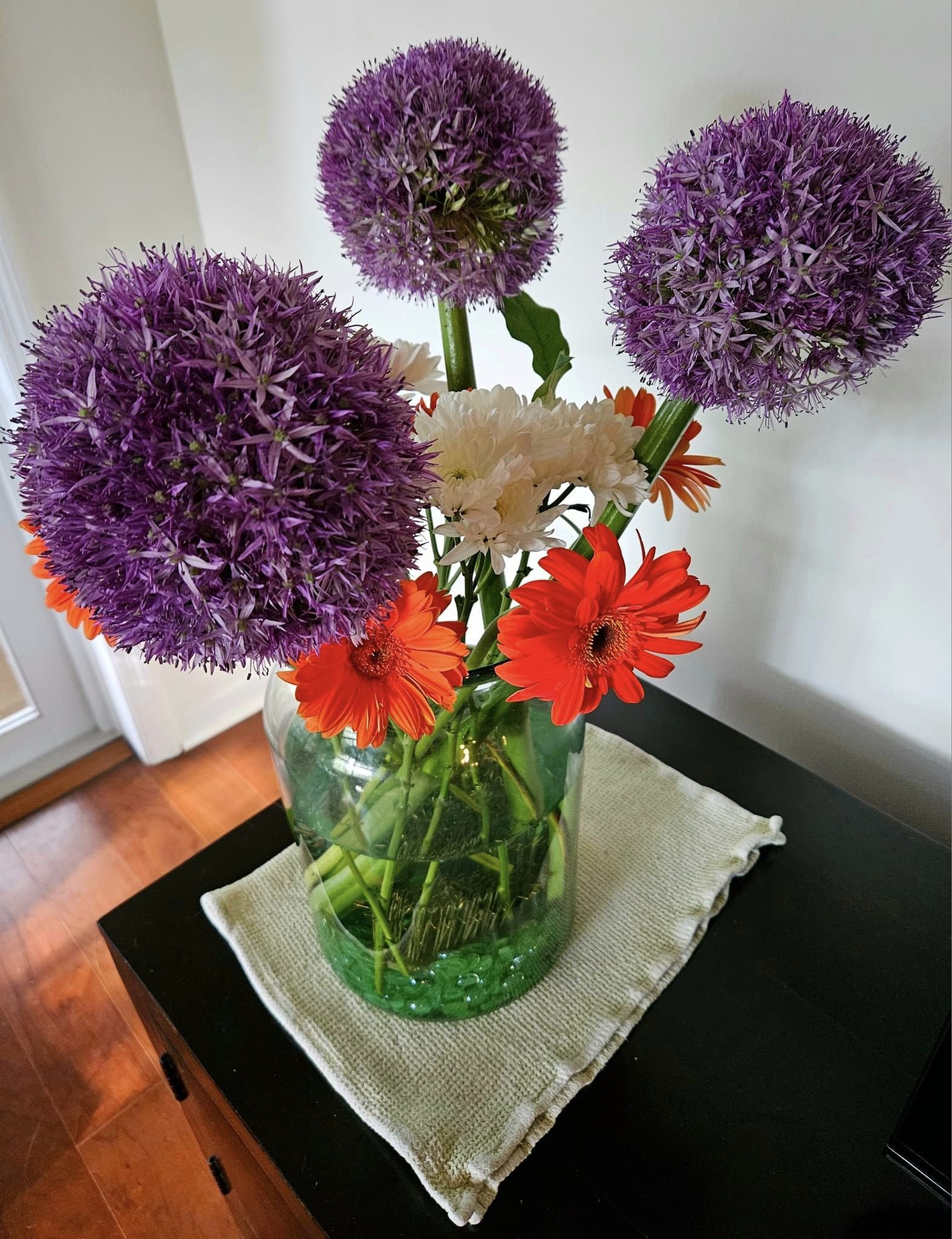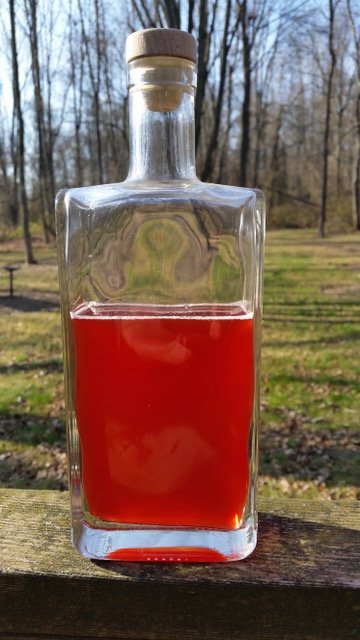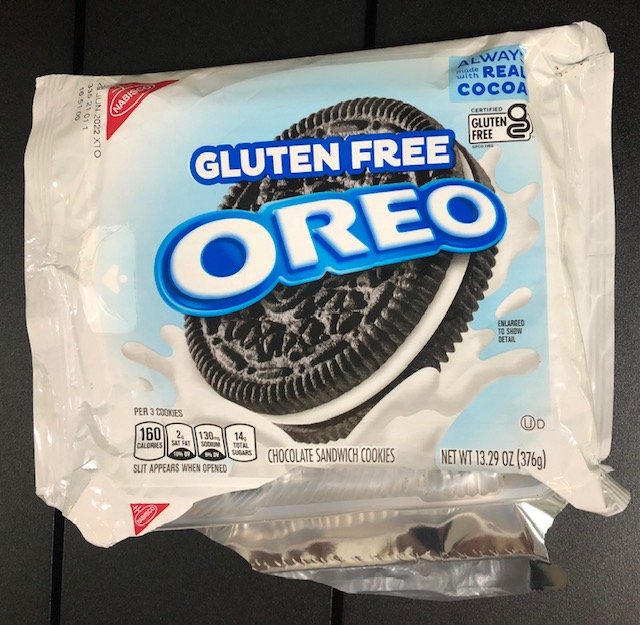I finished reading Middlemarch last week. I started reading this novel, written by Mary Ann Evans Cross under the pseudonym George Eliot, in early October.
It wasn’t just the book’s length (811 pages in the Signet Classic paperback edition published in 1981) that made it the most difficult novel to get through I’ve ever encountered. It was also the challenging vocabulary—like that found in the novel about the anthropology grad student. I should have read this book on Tony’s Kindle to make it easier to look up definitions.
And it was also the complexity of the author’s sentences, which had me frequently reading sentences and even whole paragraphs more than once. Here’s my nominee for the most difficult paragraph in Middlemarch. It takes up most of page 568:
Lydgate, relieved from anxiety about her, relapsed into what she inwardly called his moodiness—a name which to her covered his thoughtful preoccupation with other subjects than herself, as well as that uneasy look of the brow and distaste for all ordinary things as if they were mixed with bitter herbs, which really made a sort of weather-glass to his vexation and foreboding. These latter states of mind had one cause amongst others, which he had generously but mistakenly avoided mentioning to Rosamond lest it should affect her health and spirits. Between him and her indeed there was that total missing of each other’s mental track, which is too evidently possible even between persons who are continually thinking of each other. To Lydgate it seemed that he had been spending month after month in sacrificing more than half of his best intent and best power to his tenderness for Rosamond, bearing her little claims and interruptions without impatience and, above all, bearing without betrayal of bitterness to look through less and less of interfering illusion at the blank, unreflecting surface her mind presented to his ardour for the more impersonal ends of his profession and his scientific study, an ardour which he had fancied that the ideal wife must somehow worship as sublime, though not in the least knowing why. But his endurance was mingled with a self-discontent which, if we know how to be candid, we shall confess to make more than half our bitterness under grievances, wife or husband included. It always remains true that if we had been greater, circumstance would have been less strong against us. Lydgate was aware that his concessions to Rosamond were often little more than the lapse of slackening resolution, the creeping paralysis apt to seize an enthusiasm which is out of adjustment to a constant portion
of our lives. And on Lydgate’s enthusiasm there was constantly pressing not a simple weight of sorrow, but the biting presence of a petty, degrading care such as casts the blight of irony over all higher effort.
For my next novel, I think I’ll choose something light, maybe a P.D. James mystery. Tony and I are enjoying Dalgliesh, the latest TV series about James’s detective-poet, on Acorn.











































































